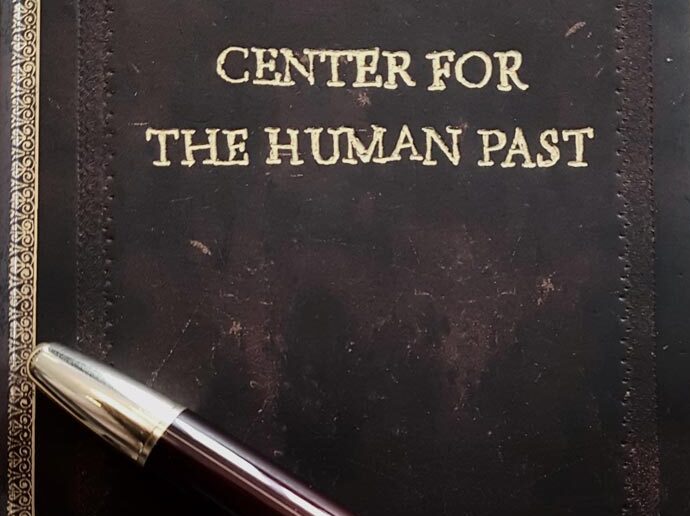Research

Human Past SCAS Fellowships
The Human Past SCAS Fellowship Program, an integral component of the Center for the Human Past, is designed to foster a collaborative environment where early-stage and established scholars can converge across a wide range of disciplines, such as archaeology, population genetics and historical linguistics. These fields collectively explore the shared history of the world’s populations over the past 10,000 years, a period marked by the advent of agrarian food production, population growth and linguistic changes, as well as the emergence of early civilisations.

Postdoctoral Research Projects
Our postdoctoral researchers contribute to the Center’s overarching goal to illuminate and understand various aspects of human development over the past 10,000 years. They work with computer-based analysis methods and large databases to develop theories and methods for using aggregated data from genetics, archaeology and linguistics, thereby developing innovative interdisciplinary research on human history.

Publications
Our postdoctoral researchers contribute to the Center’s overarching goal to illuminate and understand various aspects of human development over the past 10,000 years. They work with computer-based analysis methods and large databases to develop theory and method for using aggregated data from genetics, archaeology and linguistics, thereby developing innovative interdisciplinary research on human history.
